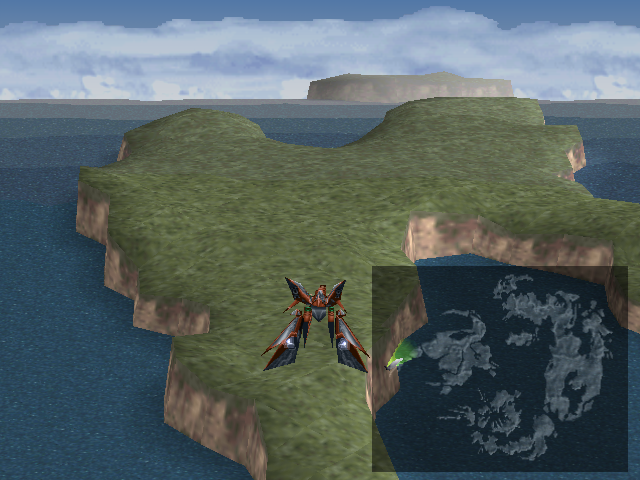
Algae attack by dissolving calcite preferentially to dolomite."

Ordinary rainfall-produced karst and littoral karst are characterized by flat-bottomed pans and vertically oriented flutes, thus differing from phytokarst. Filamentous algae bore their way into limestone to produce black-coated, jagged pinnacles marked by delicate, lacy dissection that lacks any gravitational orientation. "Phytokarst is a distinctive landform resulting from a curious type of biologic erosion. This phytokarst formation is produced when attacking filamentous algae interact with the Ironshore Formation limestone present at this location." "Hell is a unique formation which is characterized by jagged, spongy pinnacles of black-covered limestone. Consider transferring direct quotations to Wikiquote or, for entire works, to Wikisource. Please help improve the article by presenting facts as a neutrally worded summary with appropriate citations. This section contains too many or overly lengthy quotations for an encyclopedic entry. This is due to the pious and religious nature of Caymanian society. Some of the stores in the area feature prominent quotations from the Bible on their sides. Regardless of how it first came to be called Hell, the name stuck and the area has become a tourist attraction, featuring a fire-engine red hell-themed post office from which you can send "postcards from hell", and a gift shop with "Satan" Ivan Farrington passing out souvenirs while greeting people with phrases like "How the hell are you?" and "Where the hell are you from?"


It is also claimed that the name "Hell" is derived from the fact that if a pebble is thrown out into the formation, it echoes among the limestone peaks and valleys and sounds as if the pebble is falling all the way down to "Hell." There are numerous versions of how Hell received its name, but they are generally variations on "a ministration exclaimed, 'This is what Hell must look like.'"


 0 kommentar(er)
0 kommentar(er)
